SPECIAL OFFER FOR GAME COLLECTORS
Having bought this game you will receive as a gift 5 keys from the games removed from the store:
- 2-in-1 Fluid Intelligence -
- 3-in-1 Bundle Brain Trainings -
- 4-in-1 IQ Scale Bundle -
- 5-in-1 Bundle Brain Trainings -
- 6-in-1 IQ Scale Bundle -
Note: to receive a gift you must spend at least 2 hours in the game. If the game is returned, the keys will be deactivated. We store information about the received keys, and periodically check the rights to the game. At any time after the return, the keys can be deactivated and you can no longer receive new ones. Even if you re-buy the game. If you have already made a refund, you can save the gift if you buy the game again before the keys are deactivated.
About the Game
We transform science into delightful games
For decades, researchers have created tasks that measure cognitive abilities. We’ve adapted some of these tasks and made some of our own, creating cognitive games. It makes you smarter!Dual N-Back
Dual N-Back proven, pass the learning results into another brain activity. This effect has been confirmed by a number of scientific studies."Fluid intelligence (Gf) refers to the ability to reason and to solve new problems independently of previously acquired knowledge. Gf is critical for a wide variety of cognitive tasks, and it is considered one of the most important factors in learning. Moreover, Gf is closely related to professional and educational success, especially in complex and demanding environments."
How To Start
The Dual N-Back game field is a square separated to smaller squares with lines (like 3x3 cross-zero game field).
During the game the image is shown in one of the game squares.
Your task is to find a match of the current position of the image to the position shown one (or two) step earlier. If there was a match, press the corresponding match key. Same thing for the auditory letters. Just listen and try to remember the letters from the previous steps.
Tips For Beginners
There are some points you have to know to do the Dual N-Back task right. Here is a short list of tips for you to start:
- do it at least 20 minutes a day (30-40 is better) to have significant results;
- do it at least 5 days a week;
- subvocalizing is bad;
- chunking is not so bad;
- if you get stuck on one level for two or three weeks don't worry, just keep going, but don't forget to:
- push your limits. If you get 80% success rate on the task, move up to the next level. Don't try to stabilize a level you are already doing good. Going out of your comfort zone is the only way to grow.
Real Life Benefits
A lot of people report numerous benefits after doing the N-Back Task, such as:
easier to get a hold of a discussion
better verbal fluency
faster reading with better understanding
better concentration and focus
better dream recall
improvements in piano playing
All these benefits (and there are many others) were taken from the real user feedback on the N-Back task training.
Complex Working Memory (CWM)
Complex Working Memory (CWM) is a brain training exercise that improves working memory and fluid intelligence.The current implementation is based on the task used for the study "Expanding the mind’s workspace" by Jason M. Cheyne and Alexandra B. Morrison.
In short, the study demonstrates the success in using the CWM task to improve working memory, cognitive control and understanding of what has been read.
Overview
The CWM exercise consists of the remembering rounds and the recall stage. The number of the rounds in an exercise equals to the current level of the CWM exercise.
Every round in the CWM exercise consists of two parts: the Decision making part at the beginning and the Remembering part at the end.
There are usually 4 Decision tasks in one round that are followed by an item to Remember. So, for example, it the exercise level is 5 you'll have to remember 5 items in total.
After all rounds passed there is a Recall stage where you have to recall all the remembered items.
There are two types of the CWM Span Task:
Spatial CWM
Verbal CWM
The Decision and Remembering/Recall parts of the exercise are different for each type.
Spatial CWM
On the Decision stage of the Spatial CWM you'll have to make a decision whether the displayed figure is symmetric on the Y axis. (Symmetric means its left part is its mirrored reflection of the right part)
Verbal CWM
On the Decision stage of the Verbal CWM you'll have to make a decision whether the displayed characters form the correct word.
If the word is spelled correctly press the Yes button (or correspondent key on the keyboard). If not - press No.
On the Remembering stage of the Verbal CWM you are shown the alphabet letter. Remember the letter on every round.
On the Recall stage you have to recall the letters in the order they appeared (by clicking the cells in the grid).
Space Task
Game aimed at improving an individual’s episodic memory. Episodic memory is the type of memory required when you have to remember where you parked your car in a multi-storey car park after going shopping for several hours or where you left your keys in home several hours ago, for example. It is one of the facets of cognitive functioning.Schulte table
The Schulte table is one of the most effective exercises for developing the brain, attention, concentration, speeding up the visual search. Also this exercise is the most popular exercise for the development of speed reading. Schulte tables usually consist of randomly arranged numbers. The number of cells in the tables is also different and most often they are the size of 5x5 elements.Anagrams
Anagrams very well develop thinking, speed reading and speed of thought. The main thing is to find as many true anagrams as possible for the time set in the game.Mental Math
Mental Math is a brain game for testing / improving your mental skill calculations.We do calculations in the mind and improve your attention, working memory and processing speed.
Corsi
Exercises Corsi is the implementation of the Corsi Block-Tapping test.Corsi Block-Tapping is a variant of the memory task. It was originally based on the Digit Span task, but unlike Digit Span, it requires the use of visuo-spatial memory.
The process of the Corsi block tapping task requires the subject to observe the sequence of blocks, and then repeat the sequence back in order. The task starts with a small number of blocks and gradually increases in length up. The test measures both the number of correct sequences and the longest sequence remembered.
This number is known as the Corsi Span, and averages about 5 for normal human subjects. An fMRI study involving subjects undergoing this test revealed that while the sequence length increases, general brain activity remains the same. So while humans may show encoding difficulty, this is not related to overall brain activation. Whether able to perform the task well or not the ventrolateral prefrontal cortex is highly involved. Corsi blocks tasks with a normal forward order requires support from the visuospatial skech pad, but not from the phonological loop. When the sequence to be recalled becomes longer than three or four items, central executive resources are used.
Fastest
Fastest is a reaction rate test.Knowing your reaction speed, it can always be compared with other people. This is necessary in order to properly organize their training. If suddenly the reaction rate began to fall, then urgently increase the number of exercises to improve the reaction speed. You may not notice how fast the reaction starts to fall. This often happens with many athletes. Look, a huge number of athletes performed with success, and then somehow slipped unnoticed to bad results. And no one can understand what happened. It seems that the physical form is good, but there are no results.
Minimum:
- Requires a 64-bit processor and operating system
- OS *: Windows 7 x64\x32 or later. Older operating systems are not supported (and do not work).
- Processor: An Intel Pentium 4
- Memory: 512 MB RAM
- Graphics: 128 MB
- DirectX: Version 9.0
- Storage: 500 MB available space
Recommended:
- Requires a 64-bit processor and operating system
【Windows】: 〇【Mac】: 〇【Linux】: 〇

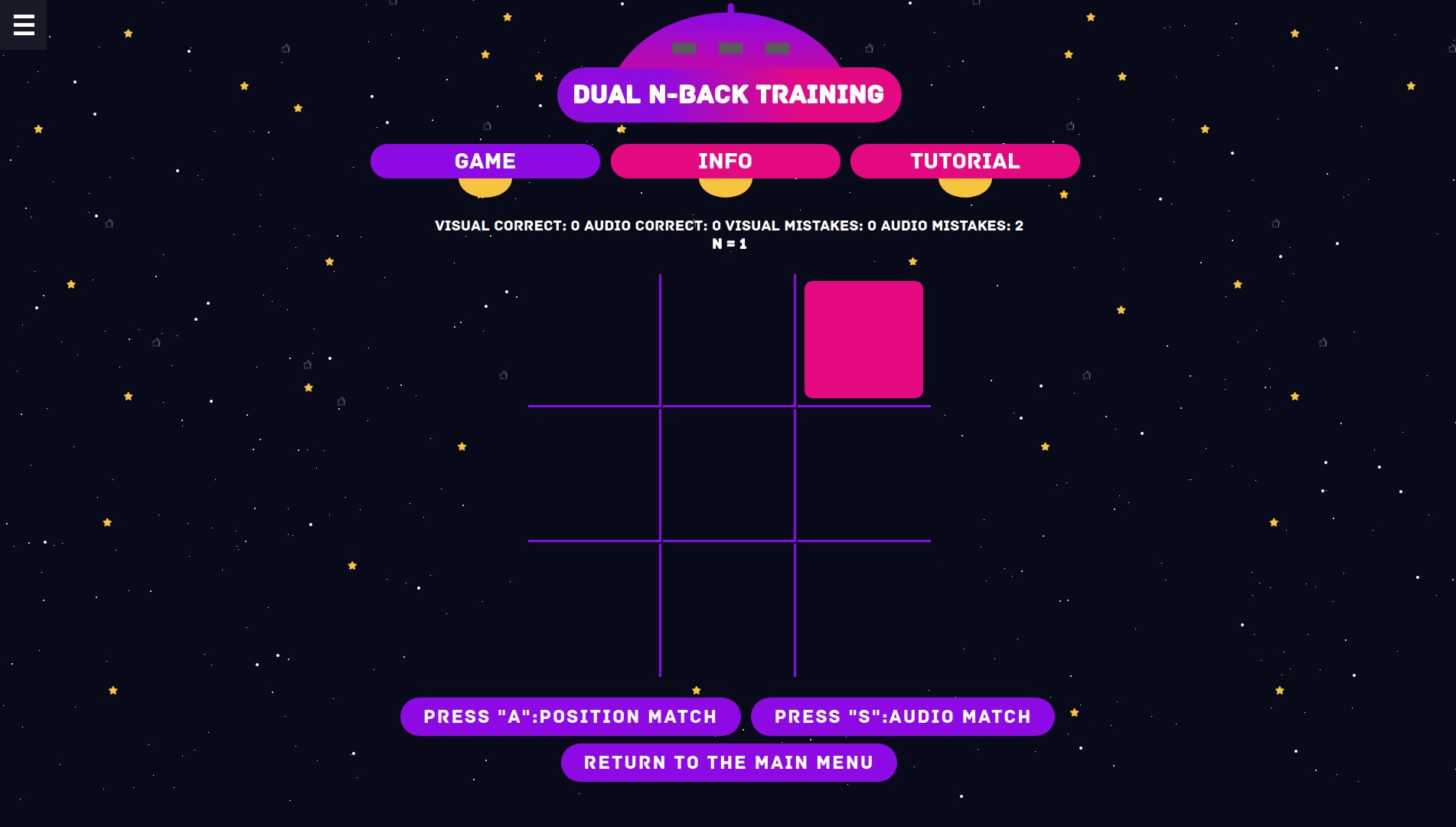
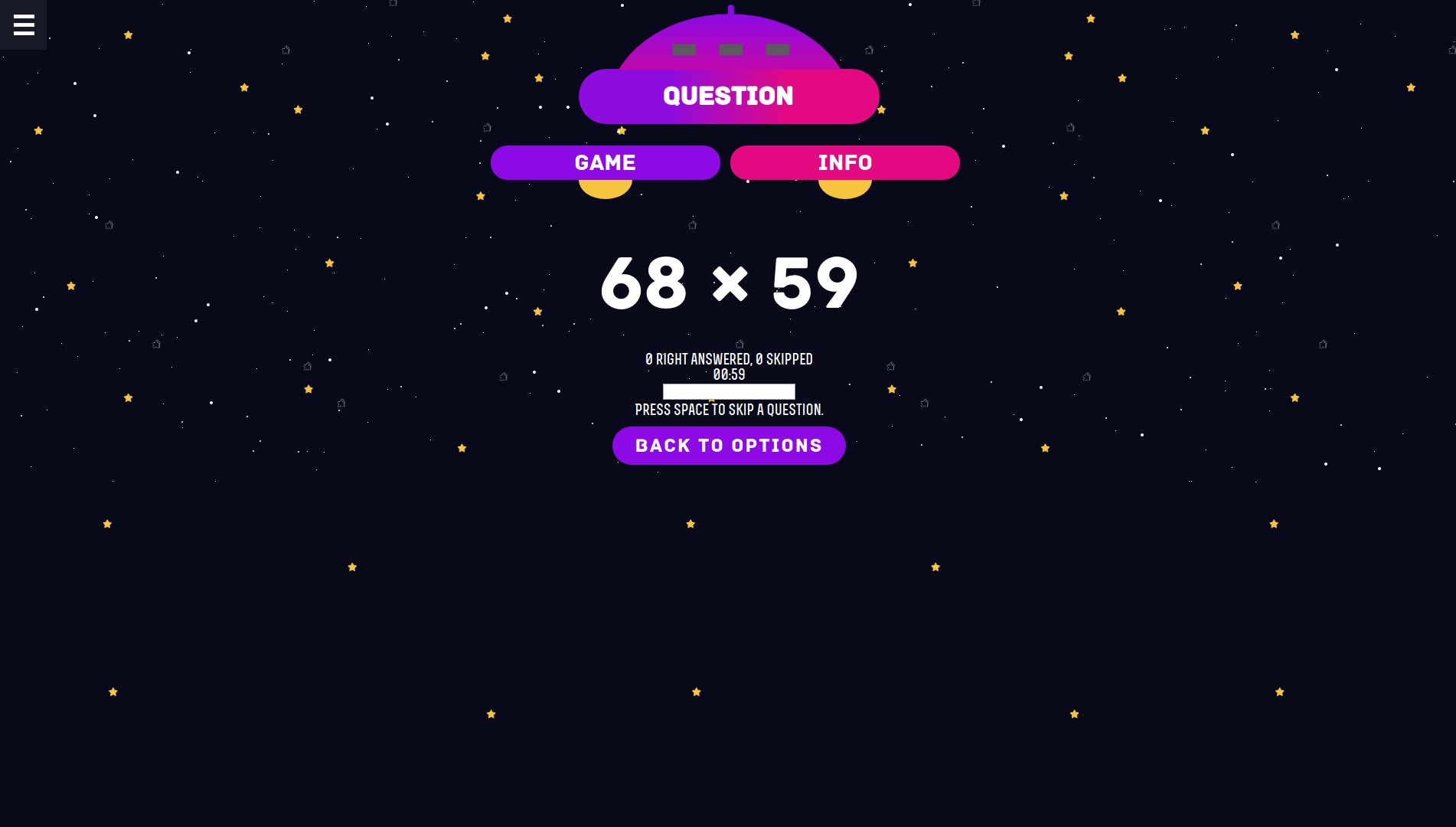

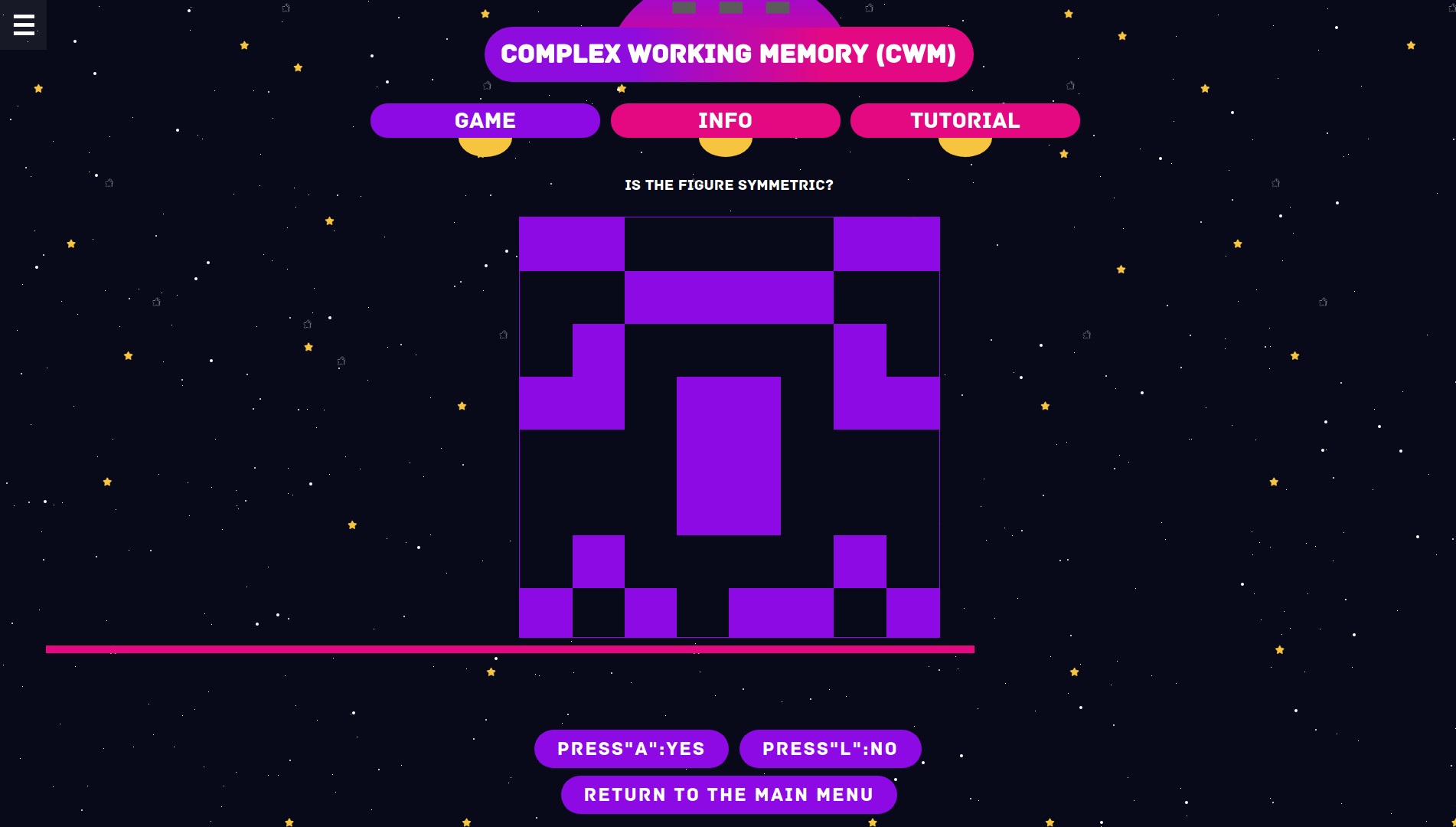
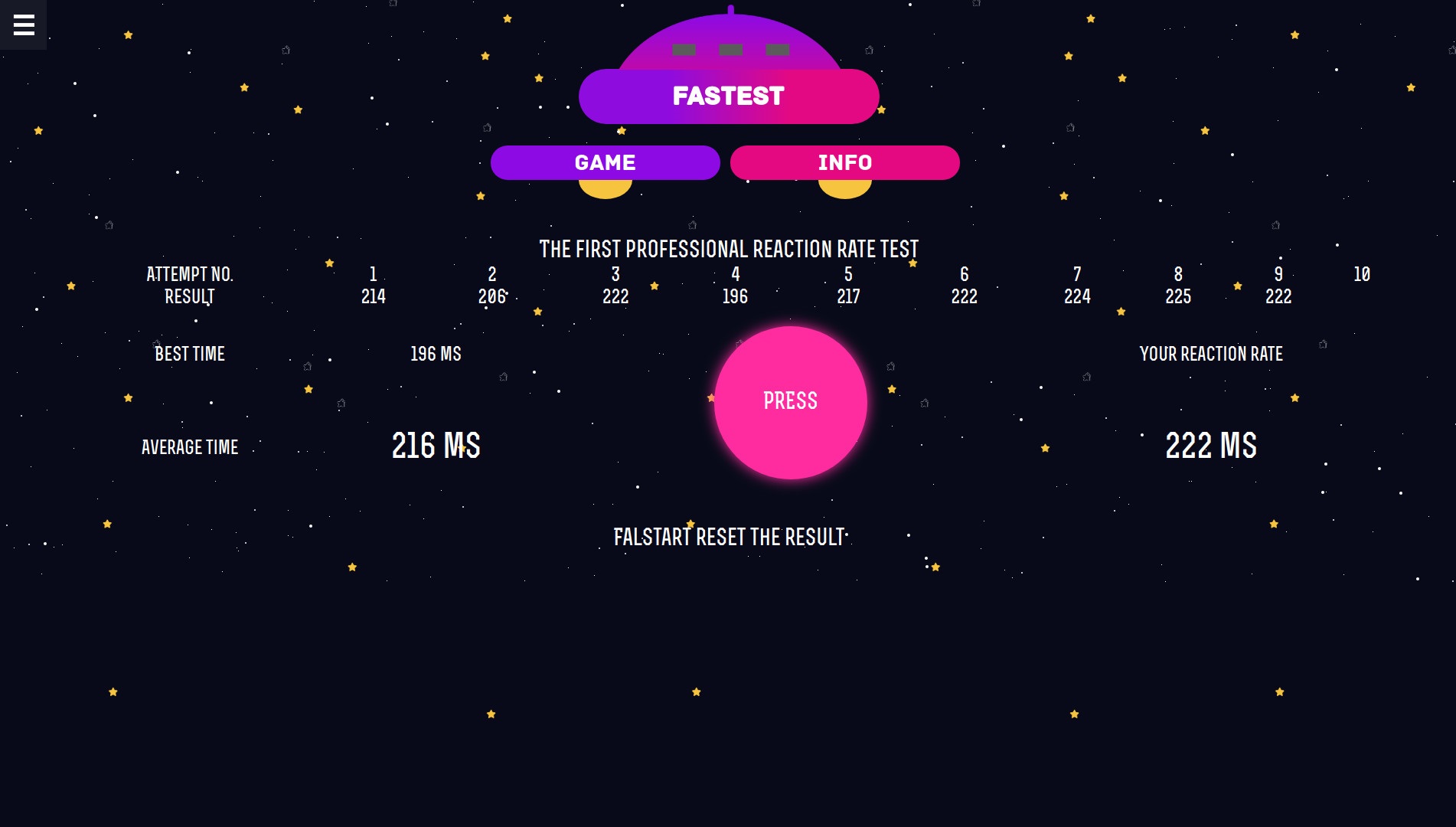
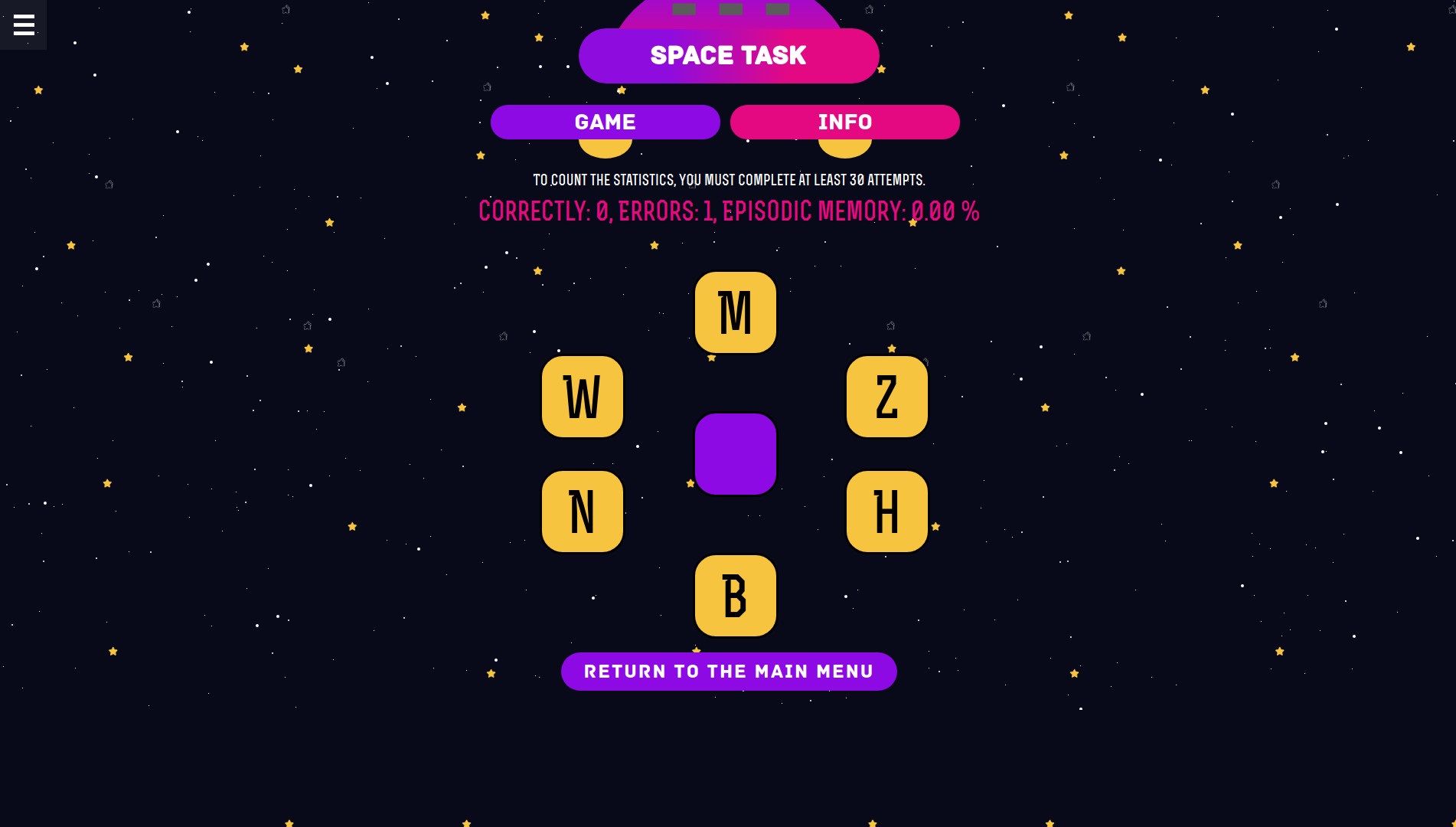
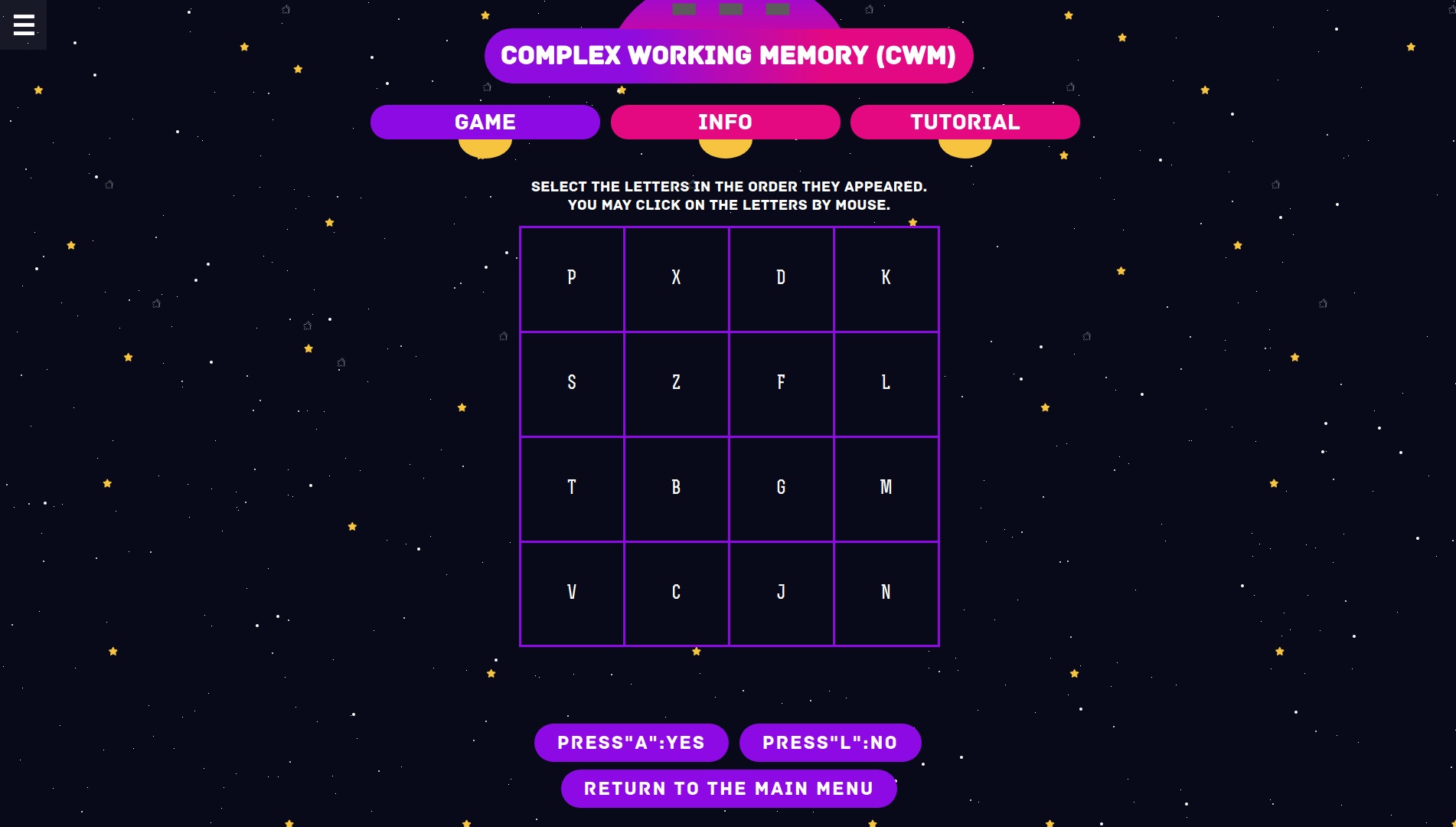
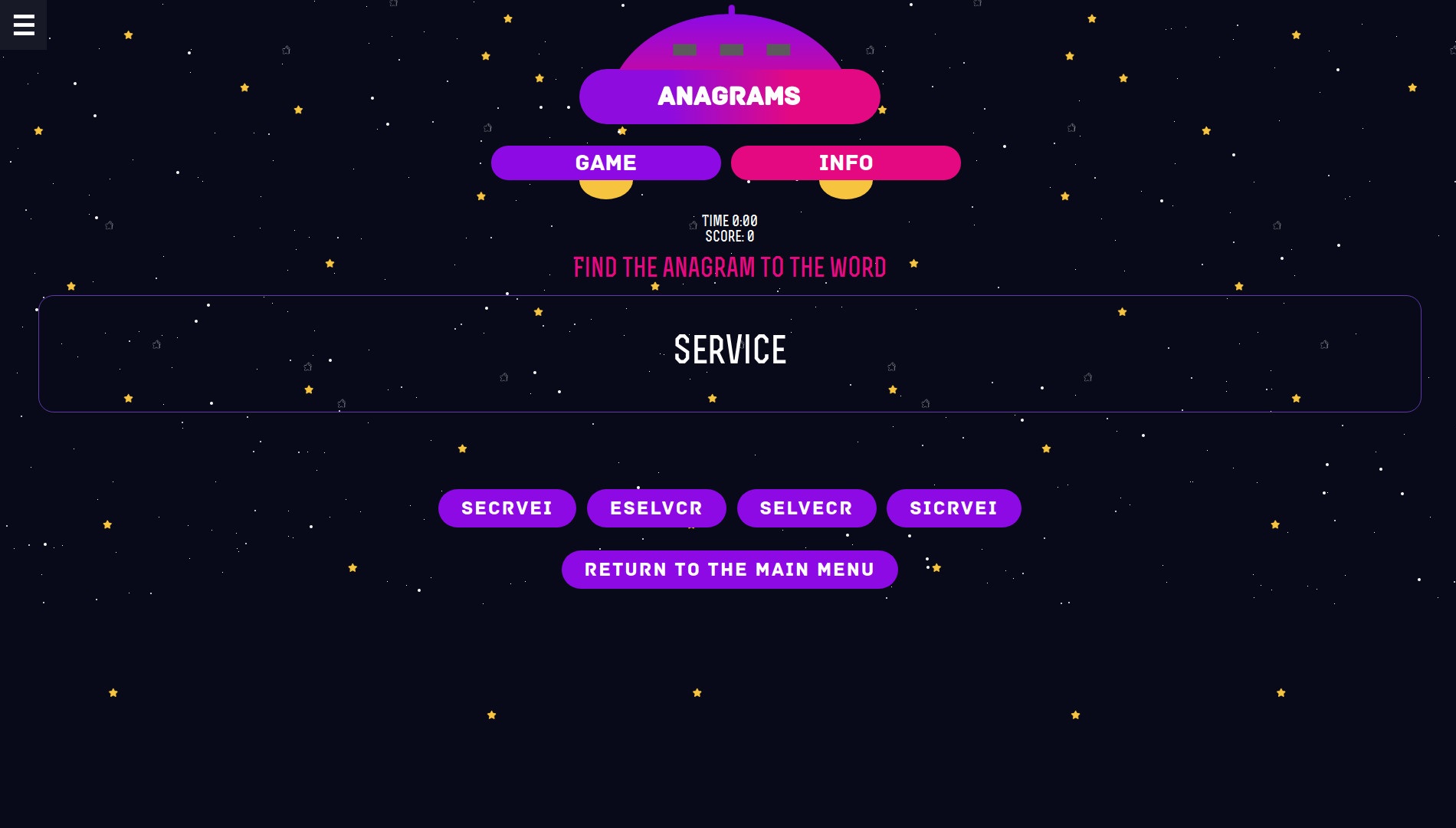
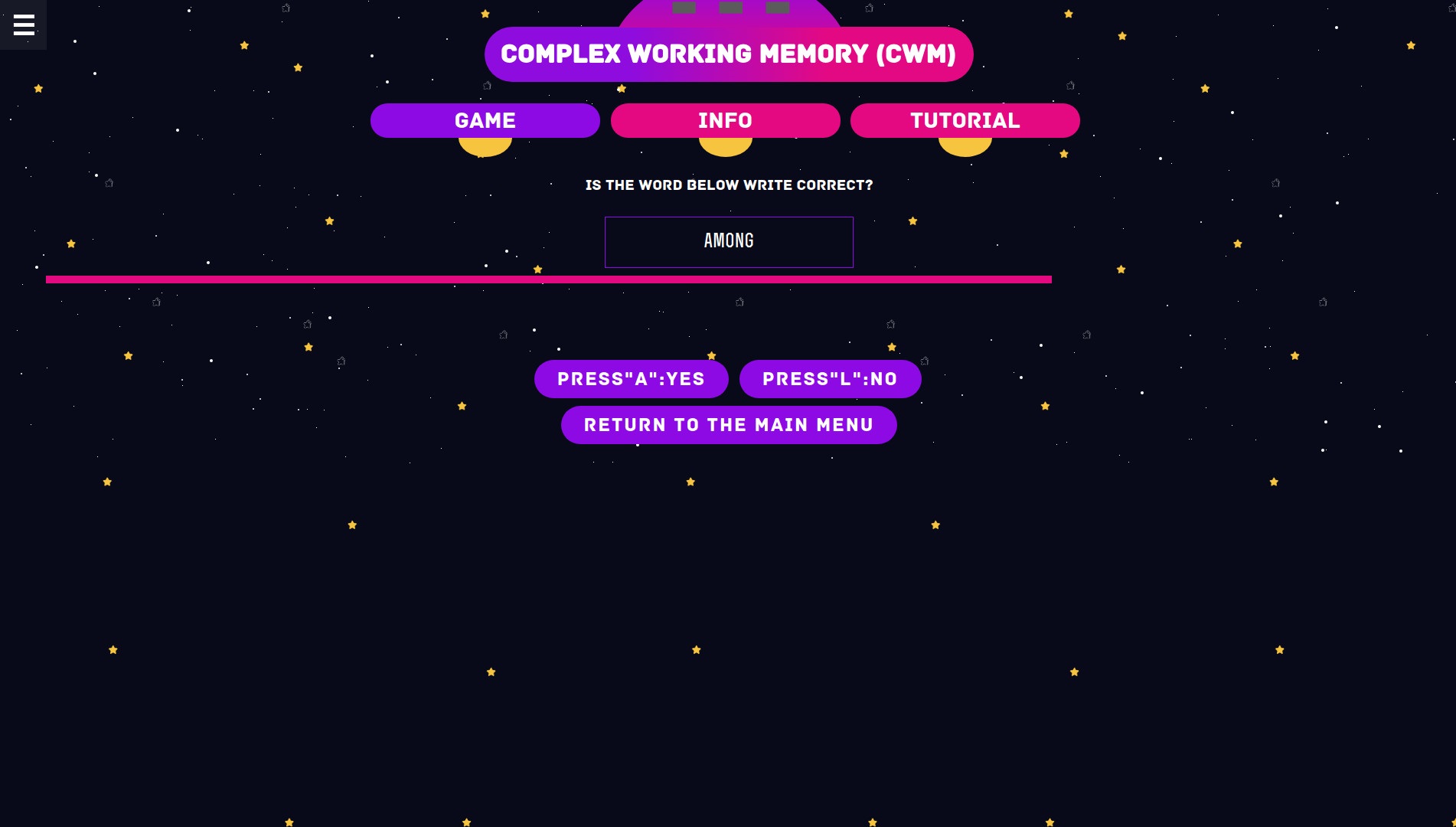
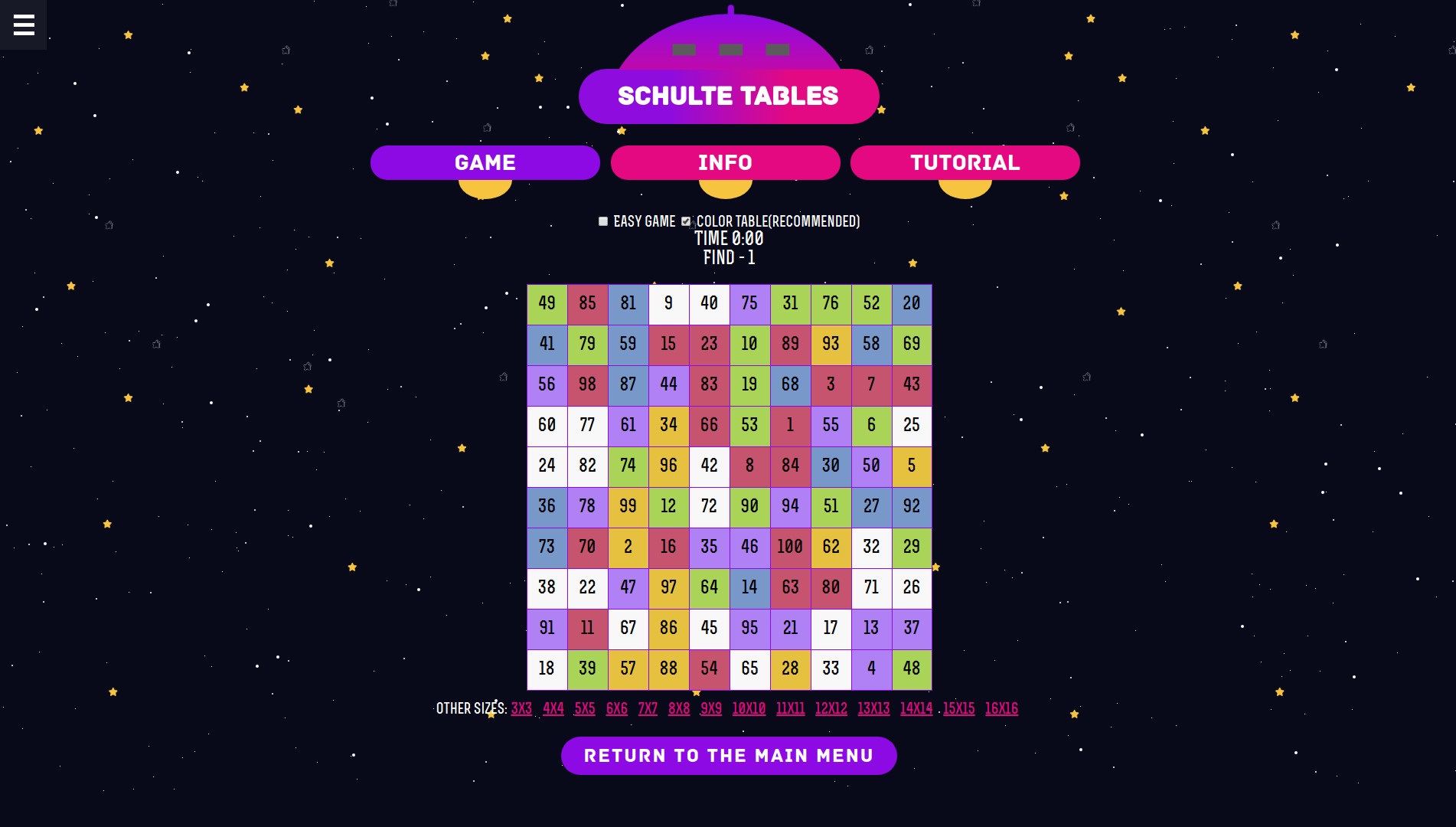
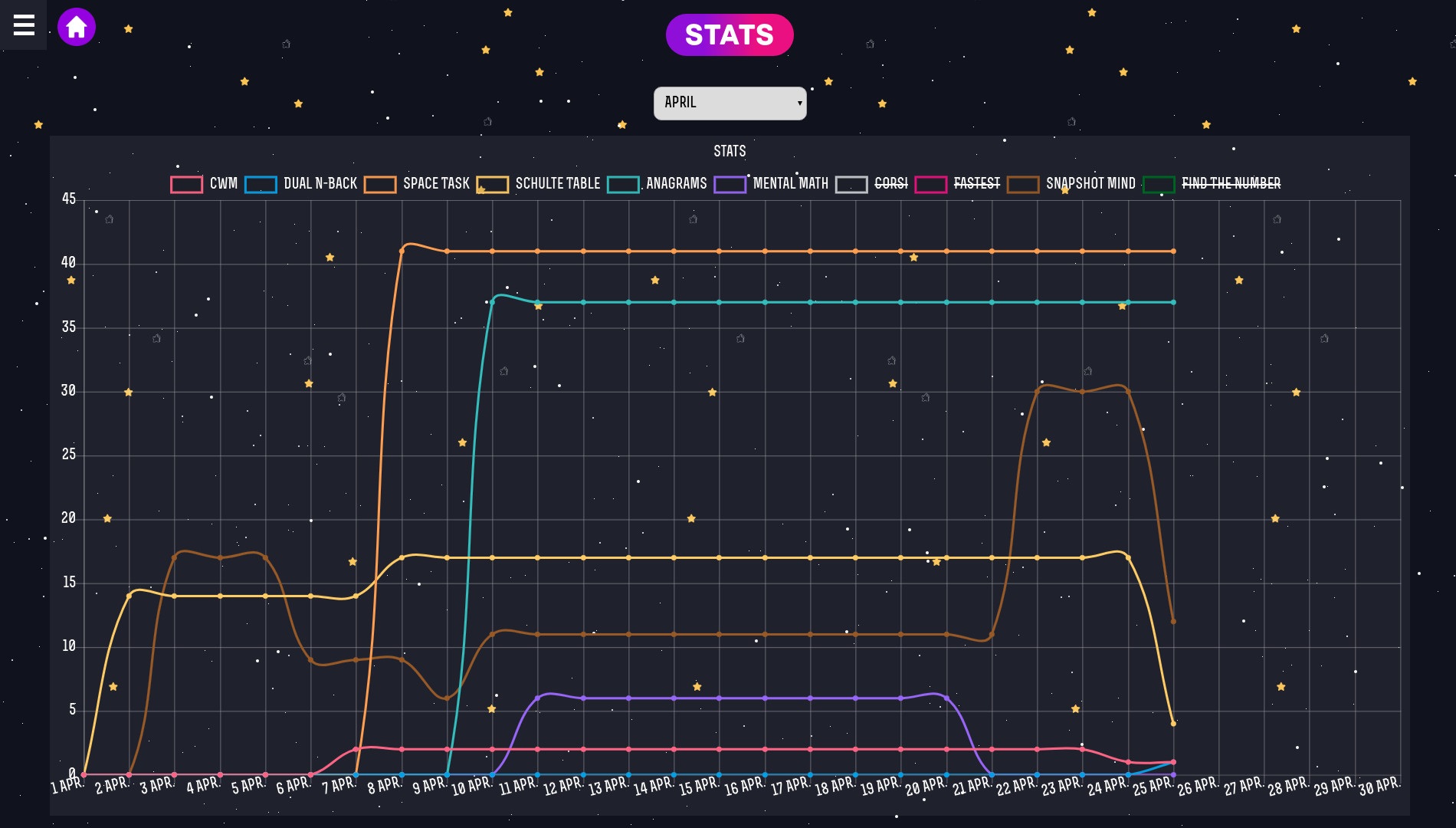
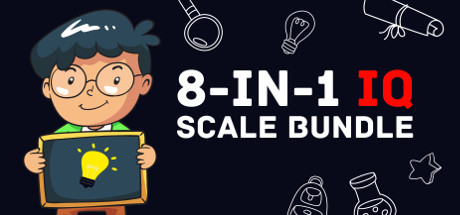

 Frequently Asked Questions
Frequently Asked Questions
 Recommended Character
Recommended Character
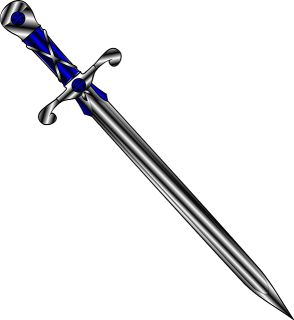 Sword
Sword